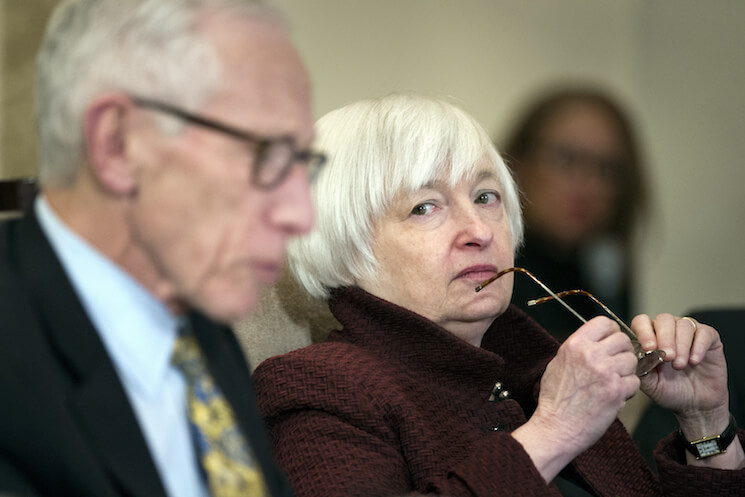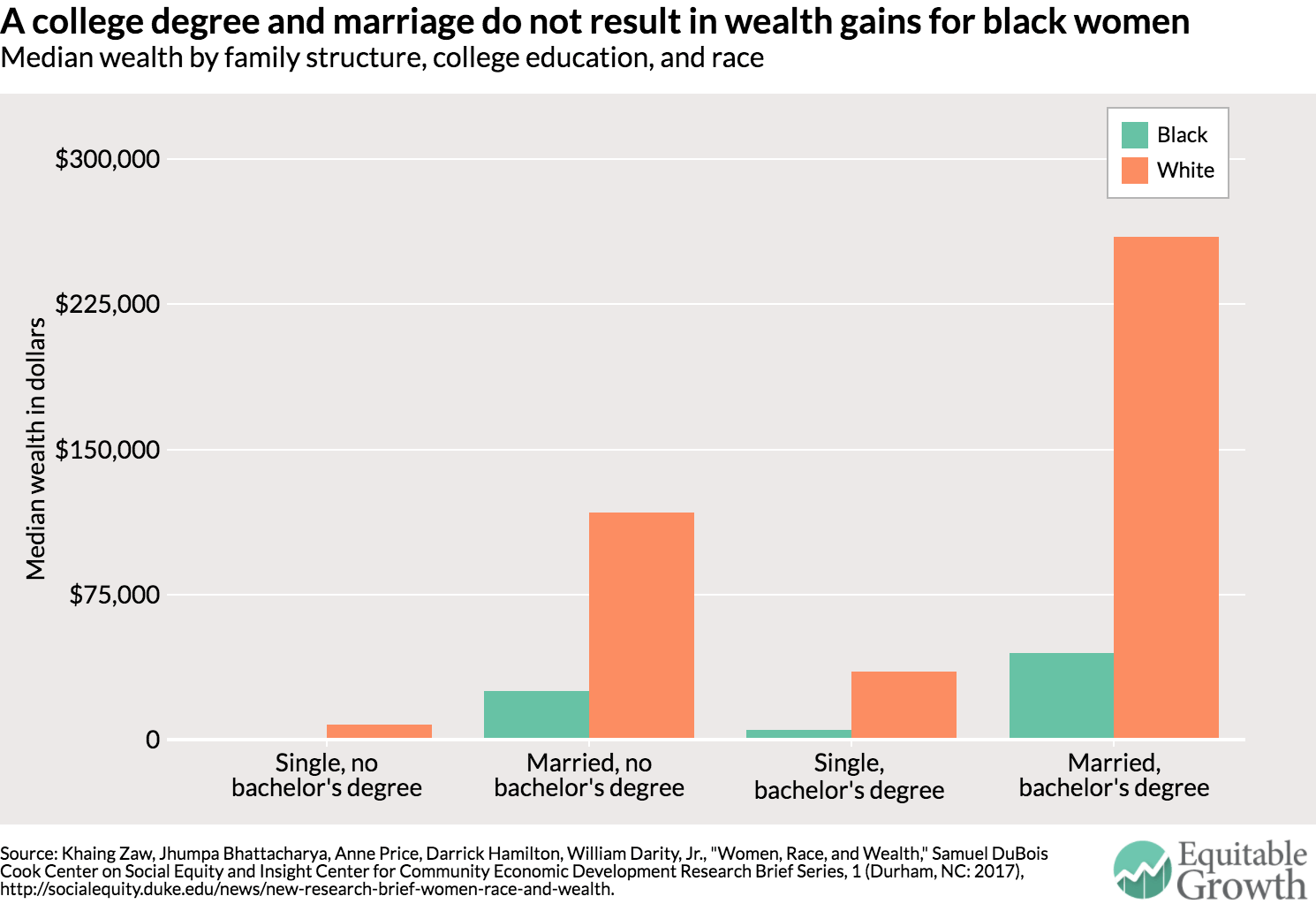Should-Read: By Henry Farrell. Very good throughout. I would add that there is something to be said about anti-semitism: Jew-hatred precisely because Jews in the diaspora require the pluralistic foundations of civil society (and thus a civil society) in order to flourish. What is going on is, no accident, in many dimensions:
Henry Farell: The Thousand Day Reich: Civil Society: “Ethnic nationalism (and–to extend Gellner’s thought a little to the US context–religious fundamentalism)…
…is generically hostile and contemptuous towards liberalism precisely because the latter is based around a plural notion of civil society. Bannon’s “civic society” is a society where Asian immigrants are frightening… because they embody the far more insidious threat of peaceful co-existence between a variety of ways of life, rather than a single moral order…. Trump’s (and Orban’s, and Kaczynski’s, and Erdogan’s) politics purports to offer… not simply an economic restoration for those who think that they have been screwed by the bloodless cosmopolitans… [but also] a moral restoration… in which everyone knows, or ought to know, where they belong…. Gellner’s account… suggests a closer alliance between the left and a certain strand of libertarianism (there is nothing in Gellner that is more than slightly uncongenial e.g. to the people who are associated with the Niskanen Center)…. Some people on the left–especially those committed to a strong state–would be left out of such a putative alliance.
It’s also one that emphasizes the value of social movements such as the Women’s March and Black Lives Matter…. As Tyler Cowen argues, there’s a strong libertarian case for the value of #BLM. The detestation of many libertarians for the cause is less grounded in political principle than in their own peculiar identity politics.
Yet Gellner’s argument also points to the potential weaknesses of any such movement. If Gellner is right, civil society goes together with an ambiguous, even ironic attitude towards specific identities (they are of value, but no single one should be allowed to become overwhelming). Civil society is a faith without foundations, a faith that believes that there are no foundations in any absolute sense, and hence it is a faith composed of a mixture of attachments and ironies (non credo, quia absurdum est). This means that any broad movements in defense of civil society – such as the one that may be coming to life around us – will have always to struggle with itself, and specifically with those within it who are non-ironic partisans of their specific causes and identities. Even if it somehow succeeds, it will never be surely capable of generating the foundations for its own long term stability, since it is based on non-belief in a set of universal foundations that can reconcile facts and values.
Finally, and most importantly, the challenge that civil society faces – if it is to be a bulwark against the domination of the state – is to identify the political tools and conditions that allow it to exercise its strength. Many invocations of the strength of civil society aim merely to identify it as an enabling condition for forms of politics that they find attractive. The specific means, however, through which it may enable, are left largely undescribed, perhaps, in fairness, because they vary from context to context. The mere fact that civil society (or one version of civil society anyway) seems to be finding its voice is not sufficient to ensure that it can work to constrain the state as it ought in Gellner’s argument.
But two buts, one minor and one major.
The one minor but: I know few people on the left committed to a “strong state” (though there are some who do or whose dearest wish is to identify them with a Lenin or a Castro). The left is committed to a somewhat broader, stronger, and more subtle definition of negative liberty than some (but not than the Niskanen Center), and is strongly attached to positive liberty to make negative liberty worth more than the liberty to sleep under bridges, beg in the streets and steal loaves of bread
The one major but, which is closely tied to the minor: Farrell channels Gellner as saying “civil society goes together with an ambiguous, even ironic attitude towards specific identities (they are of value, but no single one should be allowed to become overwhelming). Civil society is a faith without foundations, a faith that believes that there are no foundations in any absolute sense, and hence it is a faith composed of a mixture of attachments and ironies (non credo, quia absurdum est)…” Here in America, at least, there is nothing ambiguous about being called by God to build utopia and believing very strongly that the right to float your own boat and choose your own identity is a part of utopia. A BIGLY part. And even in the British isles we have people like John Maynard Keynes:
There will still remain a wide field for the exercise of private initiative and responsibility… [where] the traditional advantages of individualism will still hold good. Let us stop for a moment to remind ourselves what these advantages are. They are partly… efficiency…. But, above all, individualism, if it can be purged of its defects and its abuses, is the best safeguard of personal liberty… greatly widens the field for the exercise of personal choice. It is also the best safeguard of the variety of life… the loss of which is the greatest of all the losses of the homogeneous or totalitarian state. For this variety preserves the traditions which embody the most secure and successful choices of former generations; it colours the present with the diversification of its fancy; and, being the handmaid of experiment as well as of tradition and of fancy, it is the most powerful instrument to better the future.
Whilst, therefore, the enlargement of the functions of government, involved in the task of adjusting to one another the propensity to consume and the inducement to invest, would seem to a nineteenth-century publicist or to a contemporary American financier to be a terrific encroachment on individualism. I defend it, on the contrary, both as the only practicable means of avoiding the destruction of existing economic forms in their entirety and as the condition of the successful functioning of individual initiative…




